- Step-by-step procedures
- Estimated completion time
- Resources labeled by icons






 direct teachers to the piece of content named in the procedures
direct teachers to the piece of content named in the procedures - Print-ready pages as indicated by
 are available as PDFs for download
are available as PDFs for download  located above “KEY WORDS” to access student handouts and vocabulary in Spanish
located above “KEY WORDS” to access student handouts and vocabulary in Spanish- Subtitles/CC [ found in
 ] available in Spanish and English for testimonies
] available in Spanish and English for testimonies
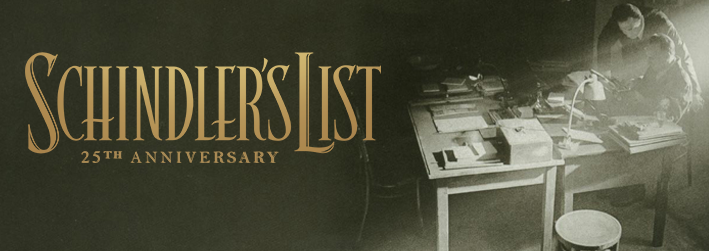
In honor of Universal Pictures’ rerelease of Schindler’s List, Echoes & Reflections has created a short, classroom-ready Companion Resource, that will help educators to provide important historical background and context to the film, as well as explore powerful true stories of rescue, survival, and resilience with their students.
Additionally, the following videos, recorded at Yad Vashem, feature Schindler survivors who speak of the impact Oskar Schindler had on their lives.
EVA LAVI TESTIMONY
NAHUM & GENIA MANOR
The posters feature the powerful words and experiences of Holocaust survivor and memoirist Elie Wiesel, Holocaust survivor Kurt Messerschmidt, and Anne Frank rescuer, Miep Gies. Each poster promotes meaningful conversation and reflection in the classroom, whether in person or in a virtual setting, and inspires students with powerful human stories of the Holocaust that can continue to guide agency and action as a result of studying this topic.
To support you in these efforts, we have also compiled several suggested classroom activities from teachers in our network that may be of use and interest.
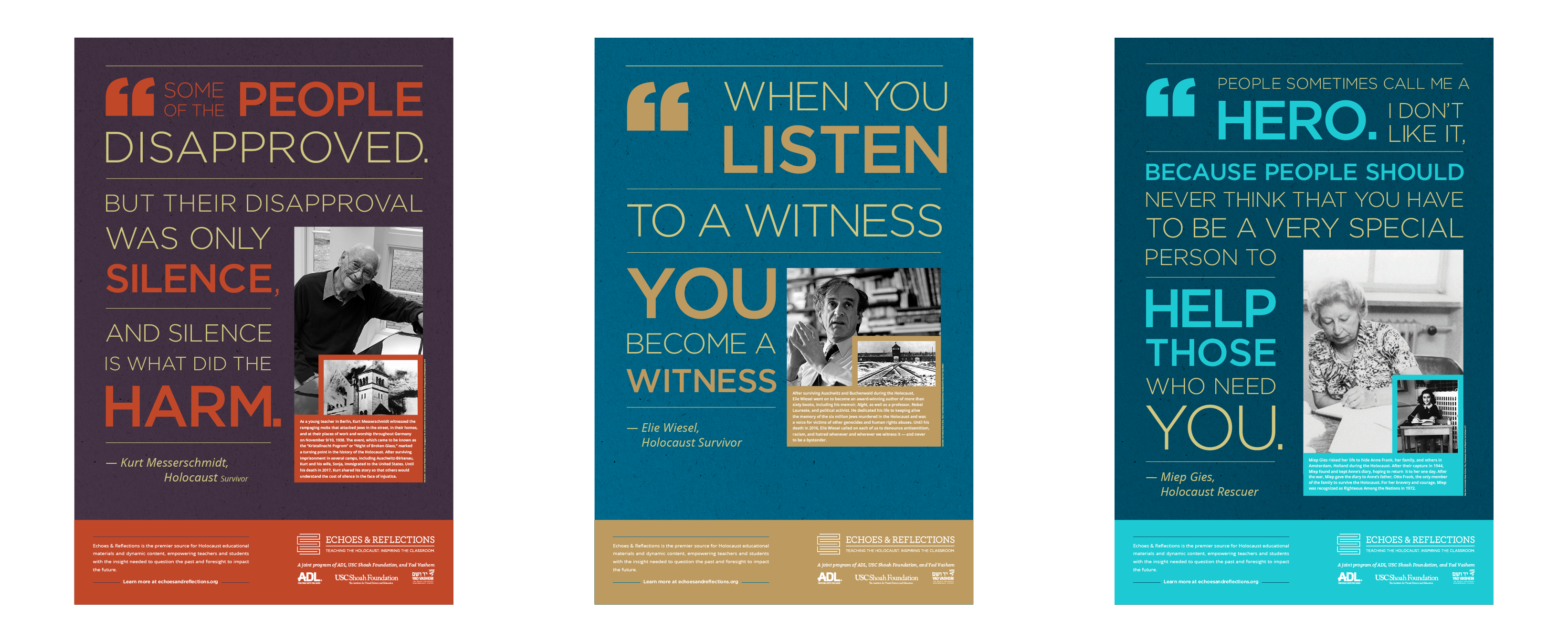
Please fill out the form below to access and download your PDF posters.

USC Shoah Foundation’s first podcast, We Share The Same Sky, seeks to brings the past into present through a granddaughter’s decade-long journey to retrace her grandmother’s story of survival. We Share The Same Sky tells the two stories of these women—the grandmother, Hana, a refugee who remained one step ahead of the Nazis at every turn, and the granddaughter, Rachael, on a search to retrace her grandmother’s history.
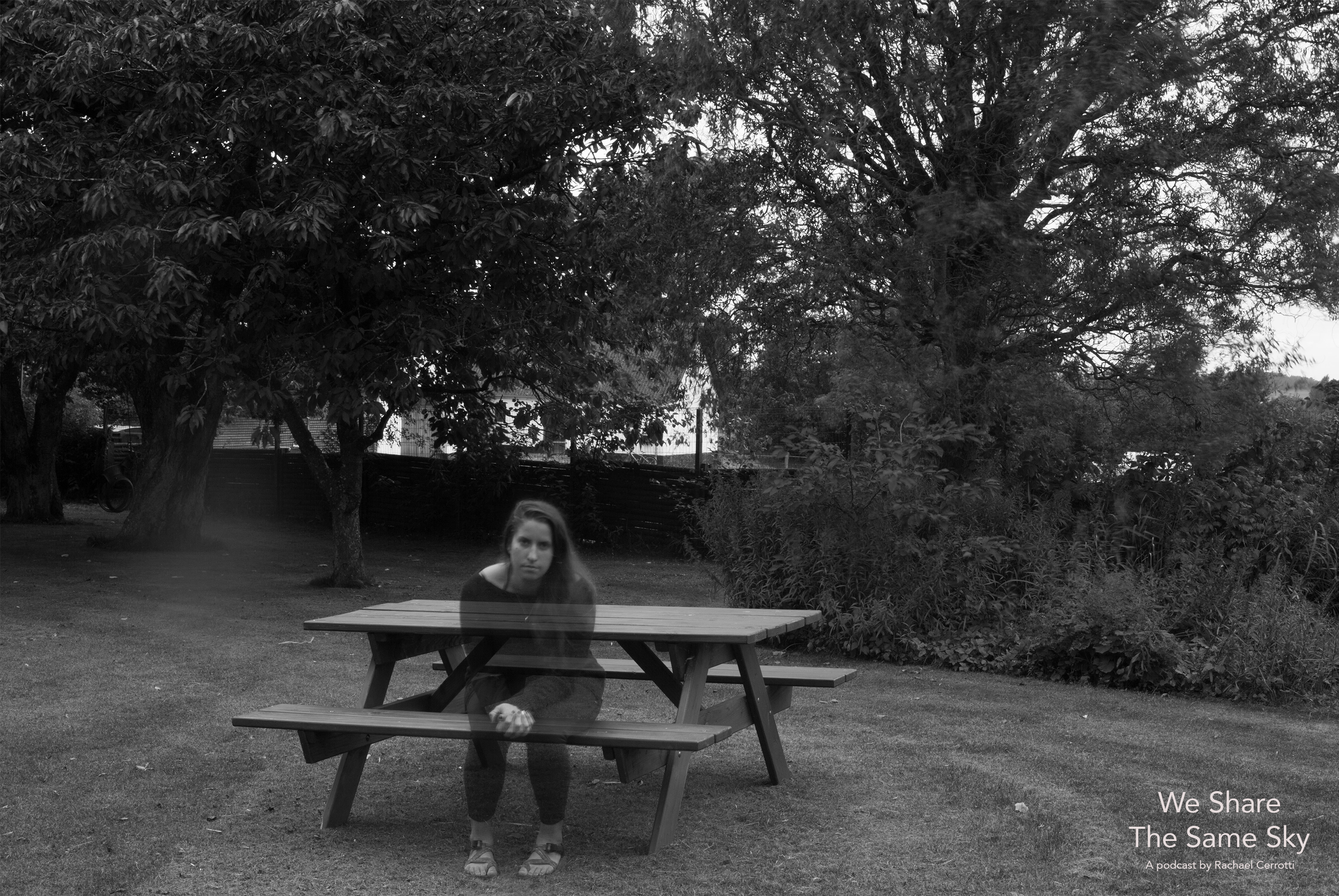
A self-portrait of Rachael while she is living on a Danish farm that is owned by the granddaughter of Hana’s foster mother from World War II. Photo by Rachael Cerrotti, 2017
In order to enhance its classroom use, USC Shoah Foundation and Echoes & Reflections have created a Companion Educational Resource to support teachers as they introduce the podcast to their students. This document provides essential questions for students, as well as additional resources and content to help build context and framing for students’ understanding of the historical events addressed in the podcast.
Access to the podcast, as well as additional supporting materials—including IWitness student activities, academic standards alignment, and general strategies for teaching with podcasts—can all be found at the We Share The Same Sky page in IWitness.
Note: Due to the subject nature, the podcast is appropriate for older students, grades 10-12. As always, teachers should review the content fully in advance to determine its appropriateness for their student population.


After many years of research and digitizing the archive her grandmother left behind, Rachael set out to retrace her grandmother’s 17 years of statelessness. Her intention was to travel via the same modes of transportation and to live similar style lives as to what her grandmother did during the war and in the years after. That meant that when she got to Denmark, she moved to a farm. Rachael moved in with the granddaughter of her grandmother’s foster mother from World War II and traded her labor for room and board as Hana once did. This picture is from that first visit in the winter of 2015. Since this time, Rachael has spent many more months living on this farm. It is owned by Sine Christiansen and her family. Sine is the granddaughter of Jensine, one Hana’s foster mother from World War II. Photo by Rachael Cerrotti, 2015

A self portrait of Rachael overlooking the exact spot in Southern Sweden where her grandmother’s refugee boat came to shore in 1943. Photo by Rachael Cerrotti, 2016



 English
English Español
Español
- H. HENRY SINASON, JEWISH SURVIVOR
The following points are intended to help educators consider the complexities of teaching about antisemitism, Nazi racial ideology, and propaganda, and to deliver accurate and sensitive instruction.
|
|
In this unit, students learn about the origins of antisemitism and how this hatred was exploited by the Nazis during the 1920s and 1930s as part of their racist ideology. Students define the terms antisemitism and stereotype, review text and video sources, and create a timeline reflecting examples of antisemitism throughout history. Students then investigate how Nazi ideology created new forms of antisemitism, and analyze primary source material illustrating Nazi propaganda. Visual history testimonies are used throughout the lesson to deepen students’ understanding of lesson themes.
- What is antisemitism, and what have been its effects on Jewish people and the societies in which they have lived?
- How do ideologies circulate within societies and influence individuals and groups?
|
|
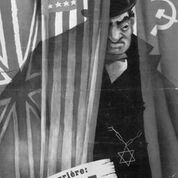
ACADEMIC STANDARDS
Academic and SEL Standards View More »
School Library Standards View More »
View More »
View More »
Testimony Reflections View More »

ACADEMIC STANDARDS
Academic and SEL Standards View More »
School Library Standards View More »
View More »
View More »
Reflexiones de los testimonios Ver más »
90 minutes
90 minutes
LESSON 1: Antisemitism Before the Holocaust
In this lesson, students investigate the history of antisemitism and ways in which it has been expressed across different times and places, based on religion and political ideas. They view testimonies that reflect the lives of Jewish people in Germany before and after the Nazis took power in order to understand the precipitous rise of antisemitism in Nazi Germany in conjunction with Nazi ideology and racist hierarchical theories. Students then analyze text and video sources that explicate the roots of this antisemitism and how it morphed in the Nazi era, and create a timeline illustrating what they have discovered.
| 1 | Students watch testimony clips of two individuals who describe their lives in Germany before the rise of the Nazi Party: [L]H. Henry Sinason[/L] and [L]Margaret Lambert[/L]. As they watch the clips, students take notes on the Testimony Reflections handout, found at the beginning of this unit. After viewing the clips, the class discusses the following questions: |
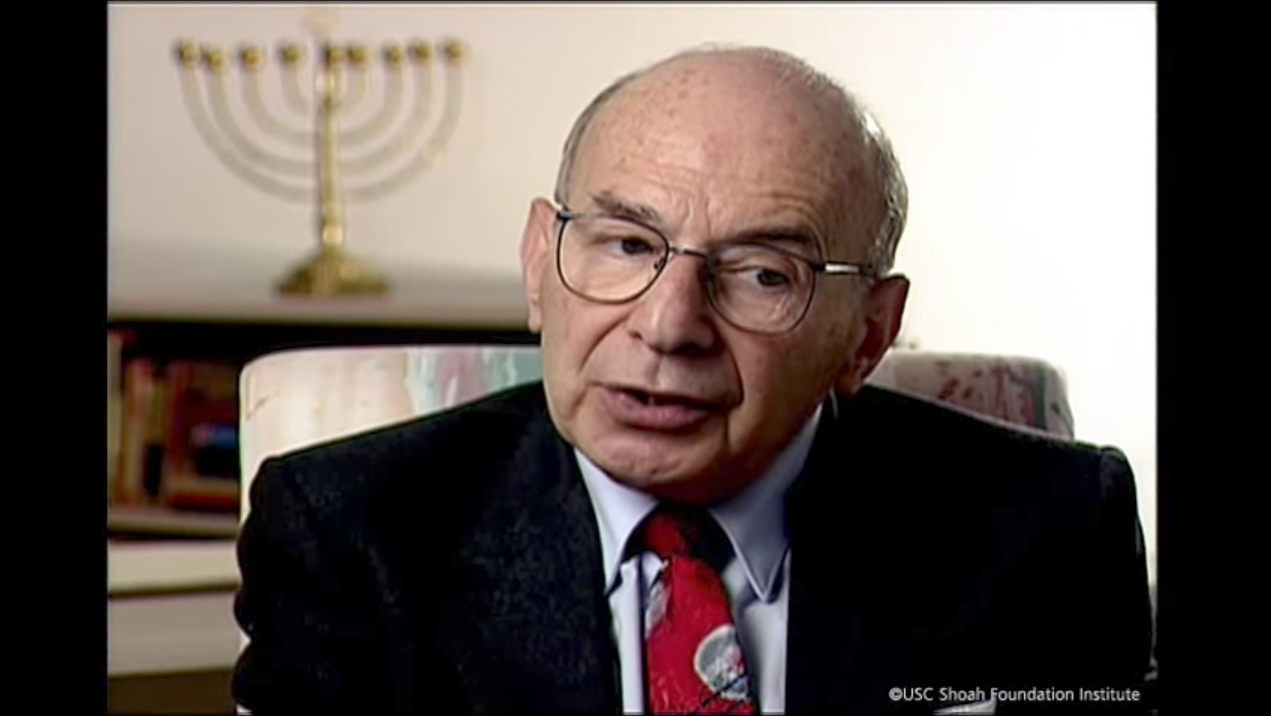

View More »


View More »
|
|
| 2 | The quotes below from the testimonies are posted. Students journal in response to the quotes using the following prompt: “What coming changes are H. Henry and Margaret signaling?” After writing, students form small groups and share their ideas.
QUOTES
|
| 3 | Students watch testimony clips of two individuals who were affected by rising antisemitism in the years after the Nazis took power in 1933: [L]H. Henry Sinason[/L] and [L]Henry Laurant[/L]. As they watch the clips, students take notes on the Testimony Reflections handout, found at the beginning of this unit. After viewing the clips, the class discusses the following questions: |

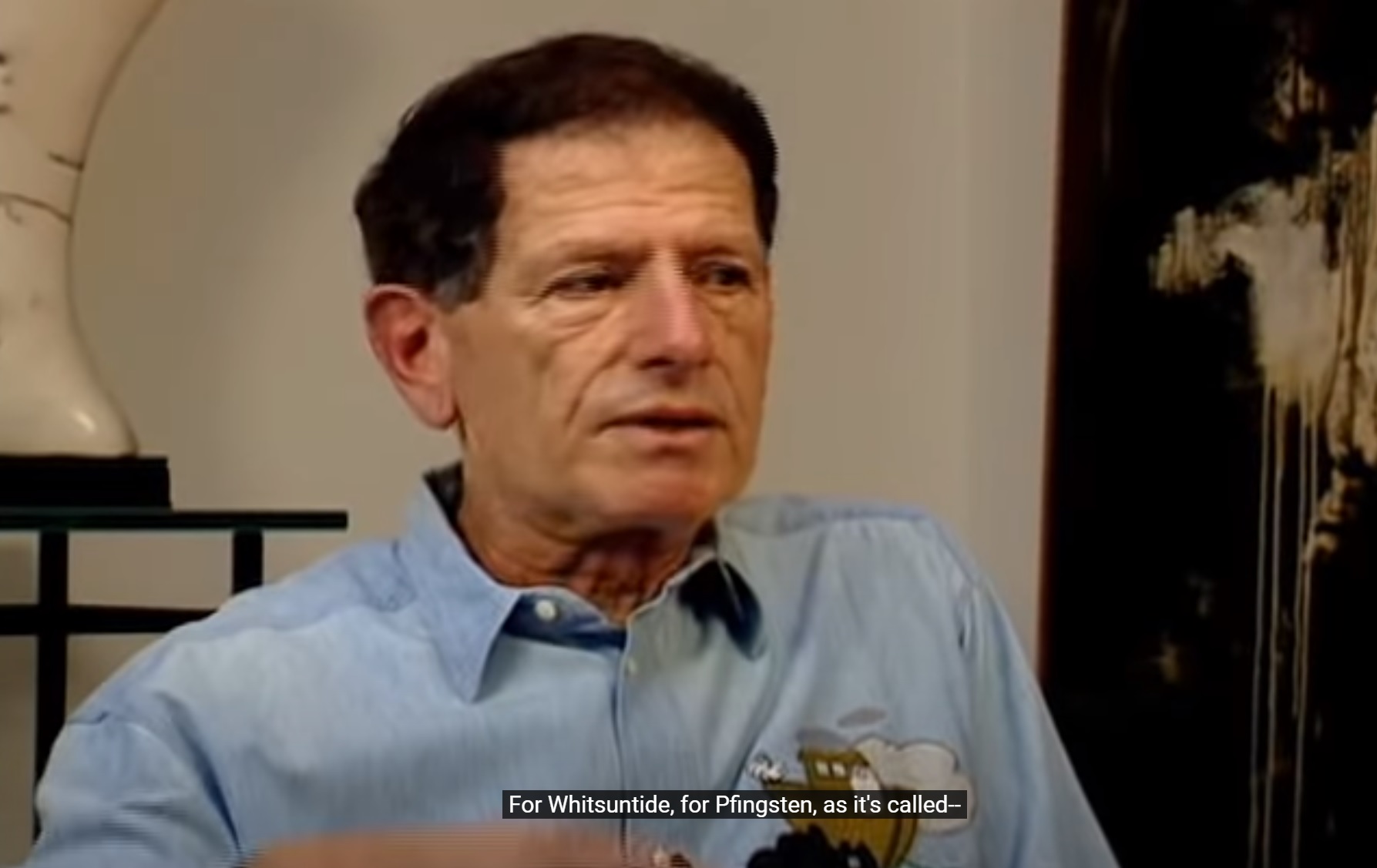


|
|
| 4 | Students return to their journals and respond to the following prompt: “Do you think the antisemitism experienced by H. Henry and Henry was something new or a form of hatred that had been present before the Nazis rose to power? Explain.” As time allows, students discuss their ideas as a class. They learn that in part two of the lesson, they will investigate this question further. |
| 5 | In pairs or small groups, students define the term stereotype in their own words and create a concept map as shown below, or by using the Defining Stereotypes handout.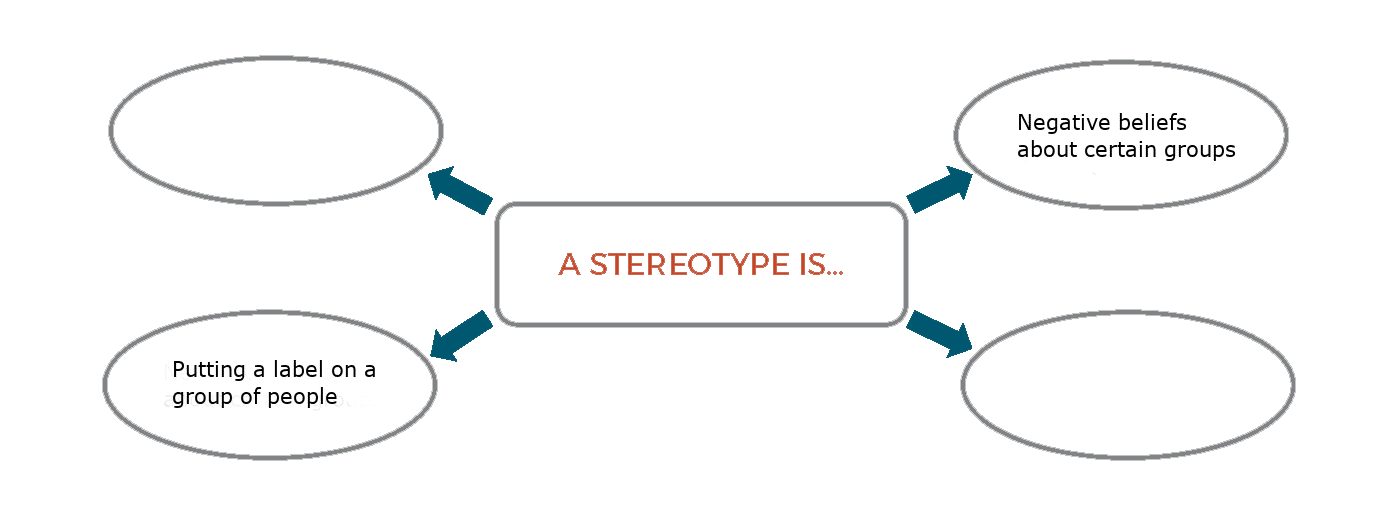
|
| 6 | Groups share their definitions and reach a common understanding that a stereotype is “an oversimplified generalization about a person or group of people without regard for individual differences.” As a class, they discuss the following questions: |
|
|
| 7 | Students engage in a think-pair-share in response to the following question: “What is the relationship between stereotypes and prejudice?” The class discusses some of the thoughts that surfaced and explores the idea that generalizations about a group of people can lead to negative beliefs, thoughts, or feelings about that group. |
| 8 | The handout, Definition of Antisemitism, is projected or distributed, and students learn that antisemitism is the name given to prejudice and hatred against Jewish people. They read the handout together and discuss any questions that arise. Students learn that they will delve more deeply into the ways in which anti-Jewish stereotypes and other forms of antisemitism have been expressed throughout history. |
| 9 | In pairs or small groups, students read the Summary of Antisemitism handout and view the Video Toolbox on antisemitism, from 2:00-5:29. They note key ideas, paying particular attention to stereotypes that appear repeatedly in different eras and the religious origins of antisemitism. They then create a timeline by hand or by using the handout, Timeline of Antisemitism, depicting anti-Jewish stereotypes and other expressions of antisemitism described in the sources, indicating which are unique to particular periods and which have been persistent over time.
|
Summary of Antisemitism View More »
Timeline of Antisemitism View More »
View More »
Resumen de Antisemitismo Ver más »
Cronología del Antisemitismo Ver más »
View More »
OPTION: Small groups each focus on one era (e.g., “Middle Ages”) and contribute items to a timeline that the class creates collaboratively.
| 10 | Students post their timelines so that their peers can view the ideas they’ve captured. As a class, they discuss the following questions: |
|
|
| 11 | As a summative task, students write a definition of antisemitism in their own words. Below their definition, they list at least two ways in which antisemitism has been deeply rooted in societies, citing evidence from lesson sources to support their responses. |
120 minutes
120 minutes
LESSON 2: Nazi Antisemitic Ideology and Propaganda
In this lesson, students define ideology and propaganda and explore the ways in which Nazi ideology both reflected historic antisemitism and created new forms of antisemitic hate. Students investigate primary and secondary source material about Nazi ideology and analyze visual examples of Nazi propaganda to deepen their understanding of how these techniques were deployed. Students view visual history testimonies to learn about the personal impact of propaganda.
| 1 | The handout, How are Ideology and Propaganda Related?, is distributed. The class reviews the definitions of ideology and propaganda together. In pairs or small groups, students complete the handout, listing examples and exploring the relationship between the two concepts. The class then reconvenes to review their conclusions. The idea that propaganda is a vehicle for disseminating ideology is emphasized, and the following characteristics of propaganda are shared to help students understand how it influences members of a society. |
|
|
| 2 | Students remain in their groups and examine the map, Jewish Communities Before the Nazis Rise to Power. They chart their observations as illustrated below, or by using the handout Jewish Communities Map Analysis.
|
View more »
Jewish Communities Map Analysis View more »
| 3 | The class reconvenes and discusses the inferences they made as well as any outstanding questions. The following ideas are highlighted: |
|
|
| 4 | Students continue to investigate the nature of Nazi ideology and propaganda by consulting at least two of the sources below. In small groups, they record examples of ideology and propaganda, and consider how the Nazis made use of historical antisemitism and also created new forms of antisemitism.
|
| 5 | In their groups or as a whole class, students discuss the following questions: |
|
|
| 6 | Students watch testimony clips of two individuals who convey how Nazi ideology and propaganda manifested in Germany and affected their lives: [L]Judith Becker[/L] and [L]H. Henry Sinason[/L] As they watch the clips, students take notes on the Testimony Reflections handout, found at the beginning of this unit, and continue to note examples of ideology and propaganda. |
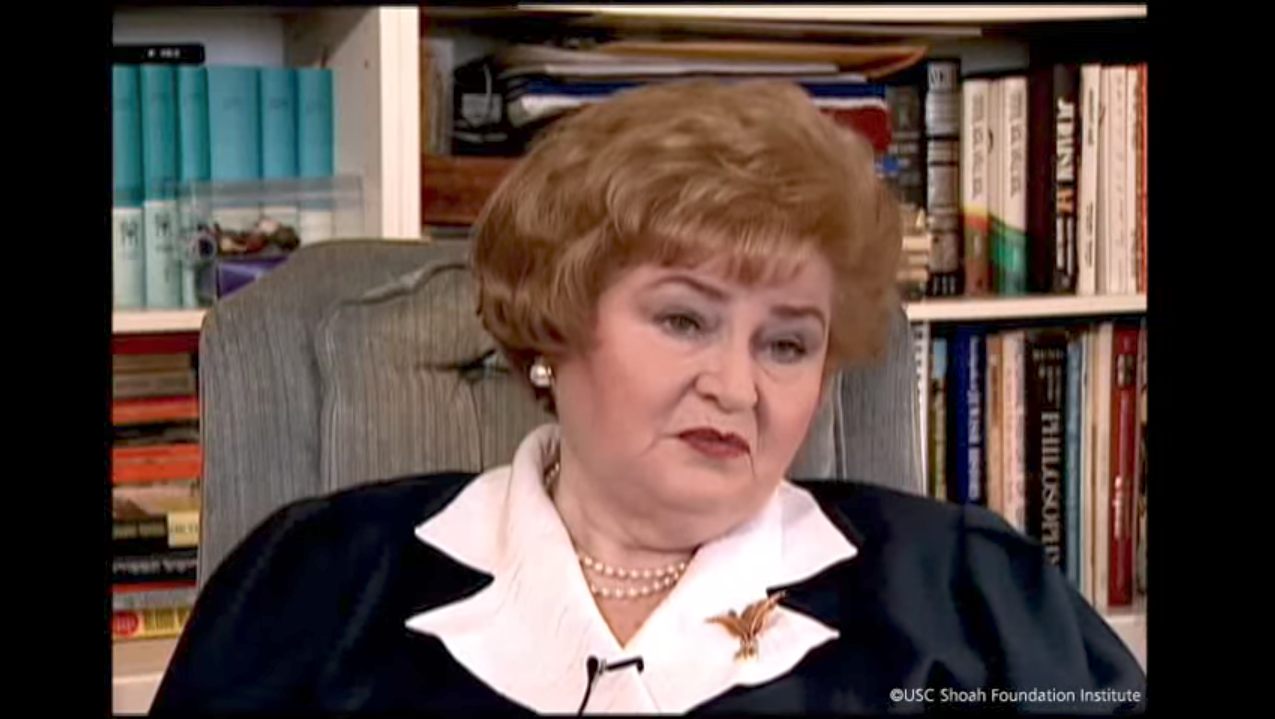



| 7 | After viewing the testimony clips, students journal and/or participate in a whole group discussion in response to some of the following questions: |
|
|
| 8 | Six examples of Nazi propaganda are displayed around the room. Individually or in pairs, students take a “gallery walk” and visit each example for a short amount of time (images can be viewed in any order). At each station, students chart their answers to the questions below on paper or by using the handout, Nazi Propaganda Analysis.

|
Nazi Propaganda Examples View more »
Nazi Propaganda Analysis View more »
| 9 | After completing the gallery walk, students stand near one image that they found to be a particularly effective example of propaganda’s ability to manipulate others. They write why they chose that image on a sticky note and place it near the image. The group that has gathered at each image talks about their responses. The class discusses some of the following questions as time allows. |
|
|
| 10 | Students watch a testimony clip of an individual who shares how she was affected by Nazi propaganda: [L]Esther Clifford[/L] . As they watch the clip, students take notes on the Testimony Reflections handout, found at the beginning of this unit. After viewing, they discuss the following: |
|
|
| 11 | As a summative task, students create or use the handout, “3 x 3” journal, addressing the unit essential question, “How do ideologies circulate within societies and influence individuals and groups?” The journal is a grid that includes three facets of Nazi ideology in the first column, and examples of propaganda used to disseminate it in the other columns. As an extra challenge, students can be asked to include at least one example of ideology that exploited historical antisemitism and one that represented a new idea. Students should include evidence from lesson sources to support their ideas. The journal can be adapted to be shorter (“2 x 2”) or longer (“4 x 4”) depending on time available and student needs. |
The ideas below are offered as ways to extend the lessons in this unit and make connections to related historical events, current issues, and students’ own experiences. These topics can be integrated directly into Echoes & Reflections lessons, used as stand-alone teaching ideas, or investigated by students engaged in project-based learning.
| 1 | Developing students’ media literacy skills is a crucial component in today’s world. Check out this student self-directed activity, How did propaganda fuel the Holocaust?, and assign to your students to foster this skill alongside furthering their understanding of the impact of propaganda on individuals in a society. |
| 2 | Visit IWitness (iwitness.usc.edu) to access additional testimonies, resources, and learning activities about pre-war Jewish life, propaganda, and antisemitism in Europe. |
| 3 | Many people thought that after the Holocaust, antisemitism would disappear. Complete a research project that explores why this form of hate has persisted. Work in small groups to develop a written, oral, or visual presentation. Consult the Anti-Defamation League (https://www.adl.org) and Southern Poverty Law Center (https://www.splcenter.org) websites among other sources. Some of the following questions should guide the research: |
|
|
| 4 | Organize a debate as follows: One group argues that the United States government should prohibit the activities of groups and individuals that promote hatred, as in Germany, where the dissemination of racist and antisemitic material is illegal; the other group argues that the First Amendment must be upheld, which includes the freedom of expression for groups that promote hate. |
| 5 | The antisemitic children’s book, The Poisonous Mushroom (Der Giftpilz in German), was written by Ernst Hiemer and published by Julius Streicher, who also published the antisemitic newspaper, Der Stürmer. Gather information from multiple print and digital sources about how children’s books like The Poisonous Mushroom were used to promote Nazi ideology. Prepare a presentation using PowerPoint or another multimedia tool. Presentations should include examples of children’s books published during the period, information about how people responded to the books, if possible, as well as your interpretations of the books and what was learned about propaganda from studying them. |
| 6 | Answer the following question in an explanatory text or a multimedia presentation: How are we influenced by propaganda in our lives and how can we protect ourselves from harmful propaganda? First, identify examples of propaganda, for example through advertising, social media influencers, or political ads and campaigns. After describing the examples gathered, analyze the techniques that are being used to influence people and what impact they might have. Conclude with ideas about safeguards that might be employed to protect people from any negative influences. |








